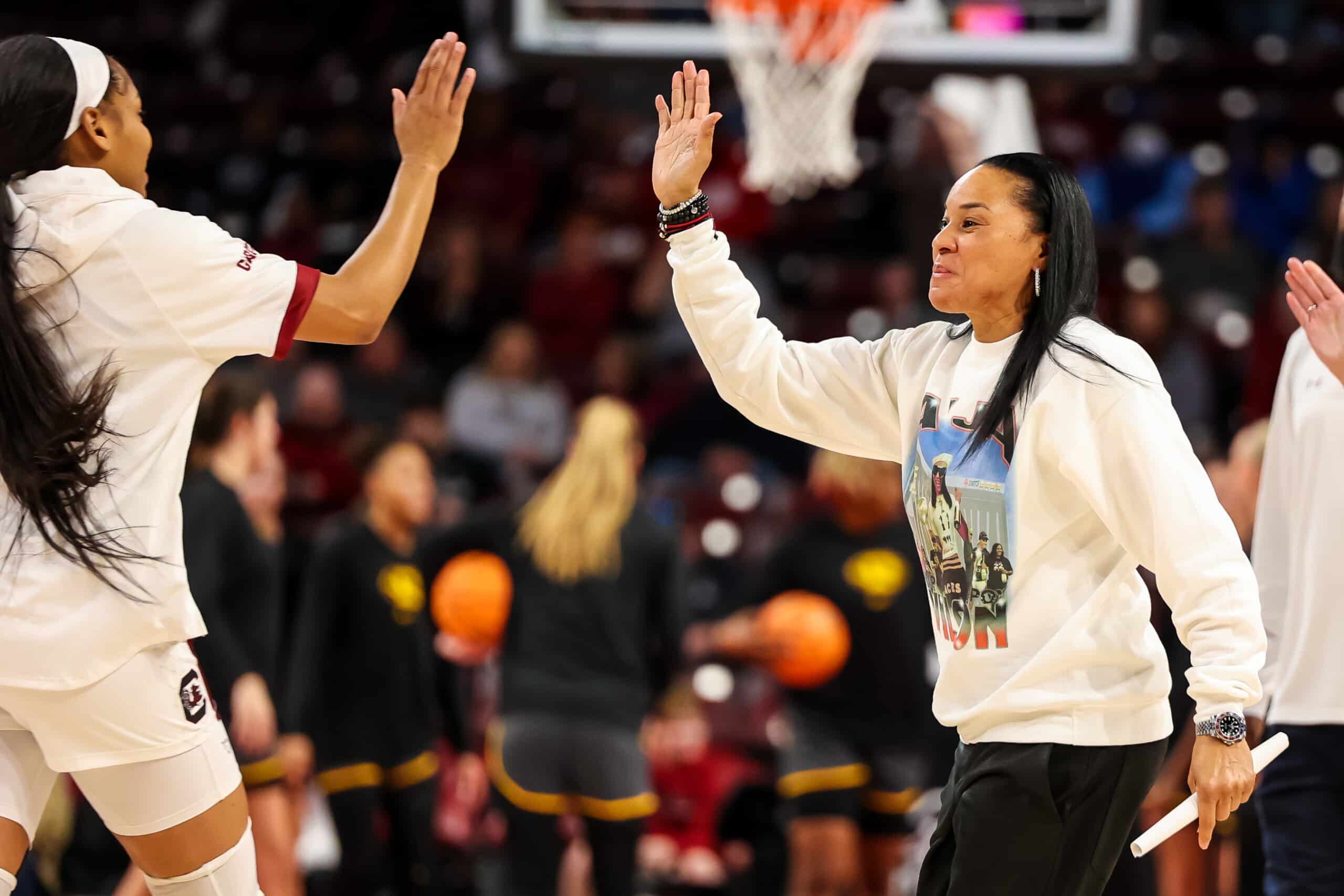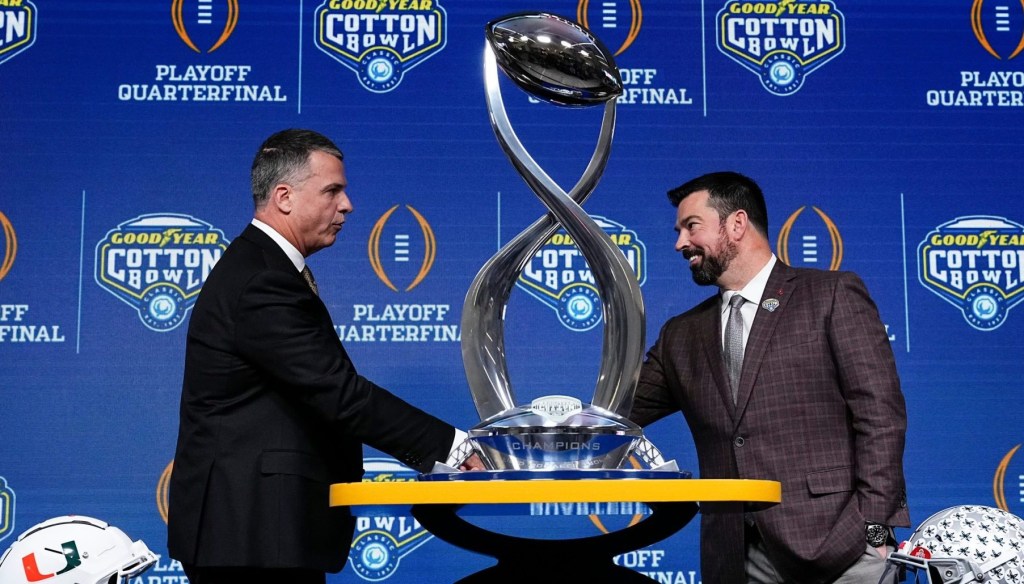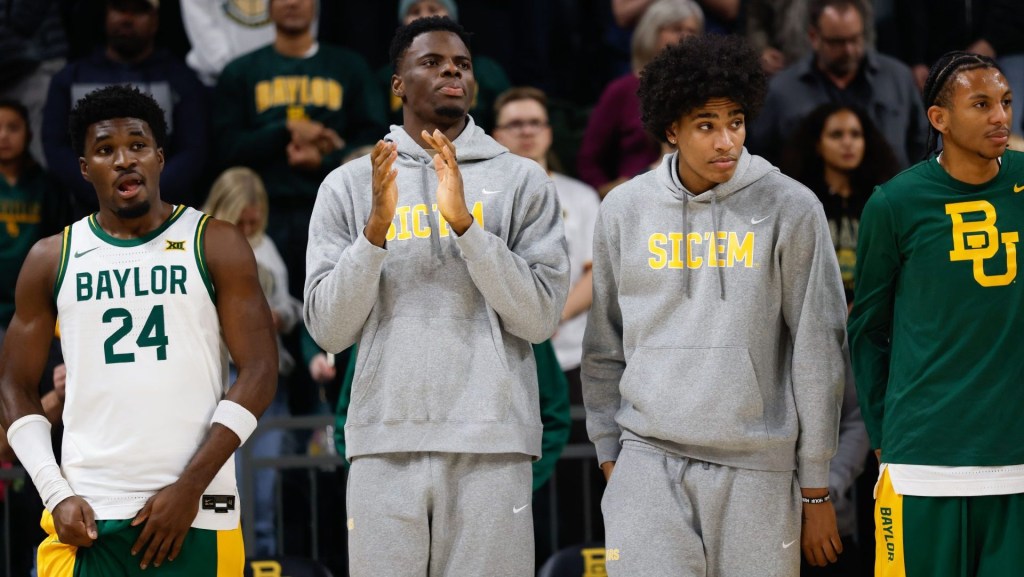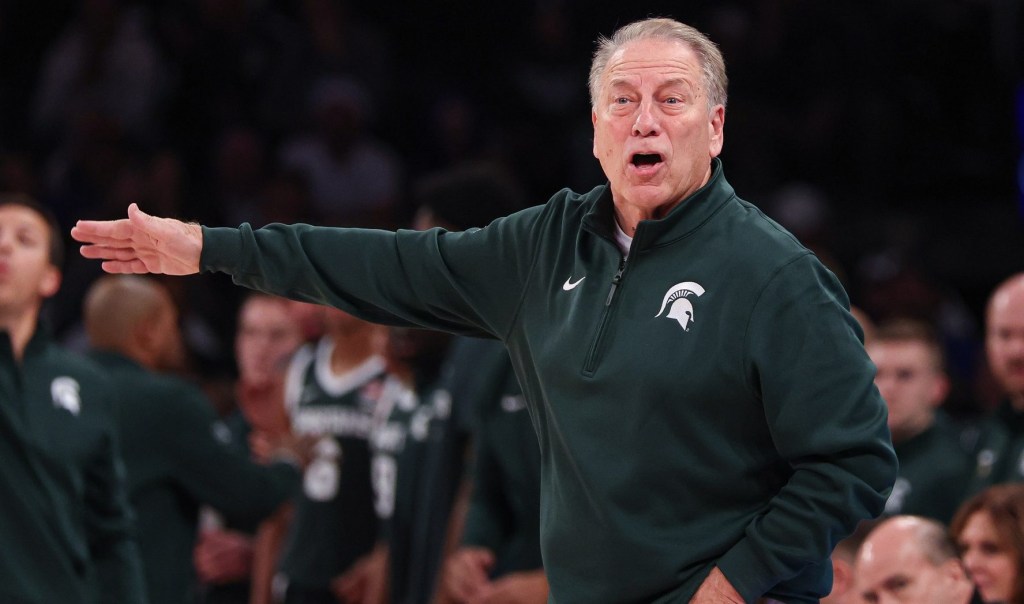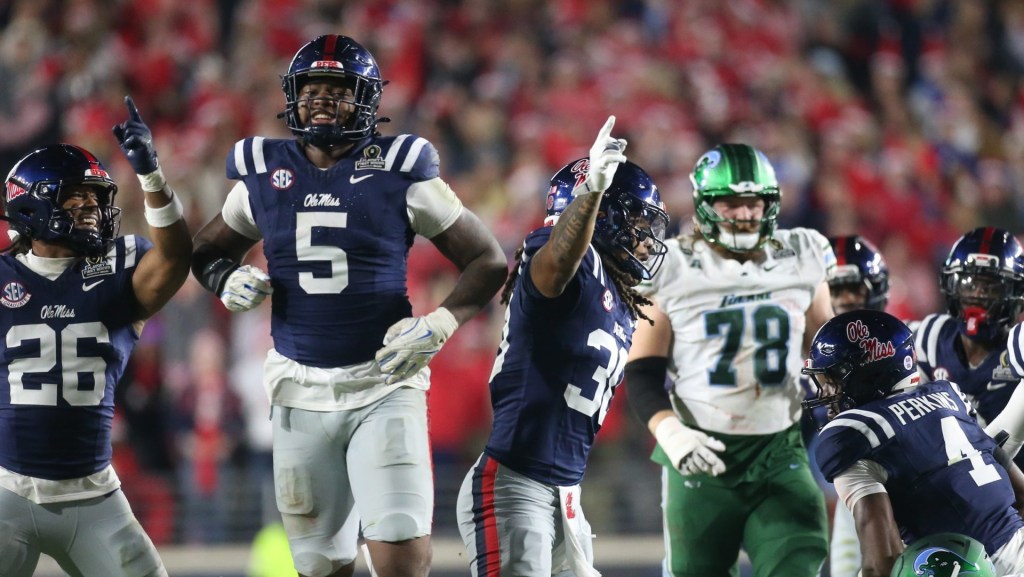In October 2021, South Carolina women’s basketball coach Dawn Staley inked a seven-year, $22.4 million contract — a $1 million annual increase. The contract made her one of the top three highest-paid coaches in the sport, along with UConn’s Geno Auriemma and LSU’s Kim Mulkey.
But Staley’s raise is the exception rather than the rule.
Across Power 5 college sports, coaching salaries for women’s sports aren’t growing at a rate comparable to men’s salaries, according to a new study submitted for formal publication on Wednesday, which was led by Wayne State professor and Syracuse scholar-in-residence Scott Hirko.
Between 2014-2021, average Power 5 men’s coaching compensation grew at a rate of 55%, while women’s only grew 33%. The study data was collected and published by the Knight-Newhouse College Athletics Database.
- The average women’s salary went from $3.9 million to $5.1 million.
- The average men’s salary went from $12.2 million to $18.9 million.
- Men’s coaching buyouts also grew at a rate astronomically higher than all of women’s salaries — 208%, from $574,188 to $1.8 million.
It’s reasonable to assume average women’s salaries will continue to be lower than men’s.
The study notes that Power 5 football — by far the most lucrative college sport — contributed to the dynamic. The launch of the College Football Playoff in 2014, for example, allowed for major inflation of football spending.
But the disparity in growth rate suggests that top programs haven’t provided an equitable investment in women’s sports. In fact, the study found that a growth gap existed even when football was taken out of the equation.
“Athletics and education leaders at the most competitive level in the NCAA (Division I-FBS) are failing to follow higher education’s stated mission to gender equity,” the study concluded. “Instead, masculine hegemony remains alive and well in college sports.”
